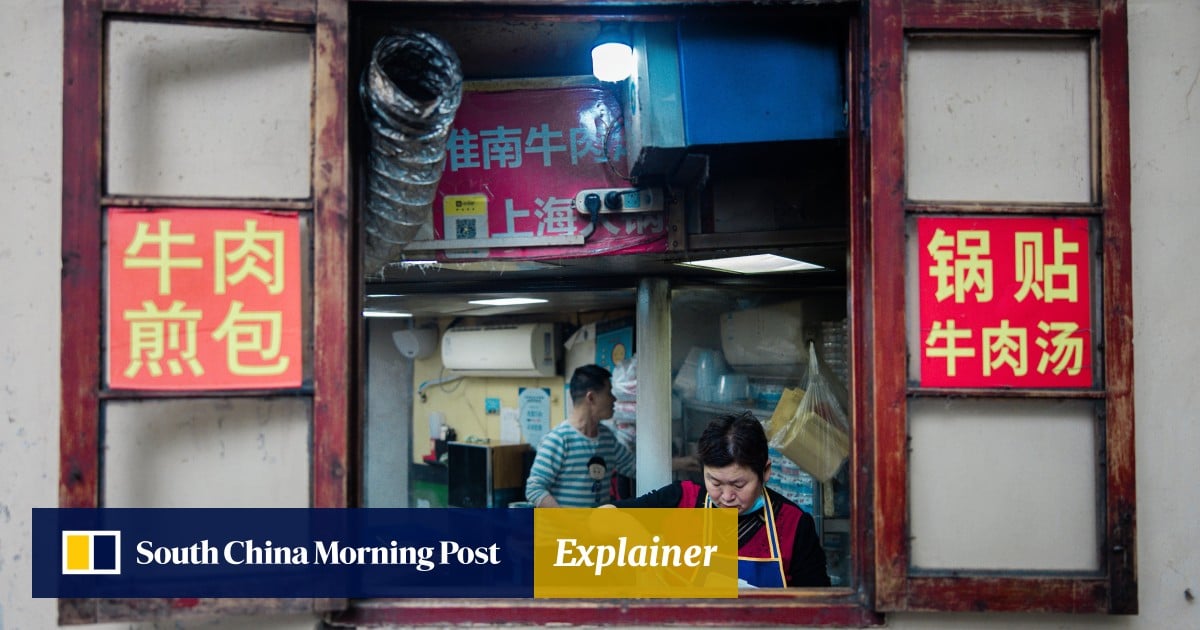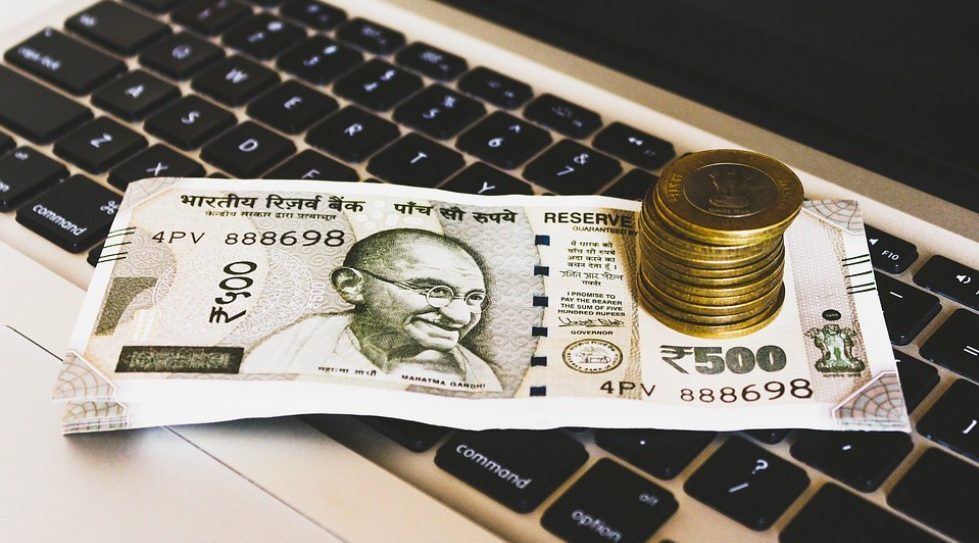TOKYO — Honda Motor is accelerating its rollout of electric vehicles, responding to regulatory and consumer pressure to step away from making traditional gasoline-powered cars and compete with the likes of Tesla Motors.
Toshihiro Mibe, who took over as Honda’s CEO on April 1, said on Friday that by 2030 40% of the Japanese carmaker’s vehicles in major markets will be powered solely by electric batteries or fuel cells — EVs and FCVs. By 2035, Honda expects to double this percentage to 80%.
Honda will be 100% electric in Japan by 2030, Mibe said — though this includes so-called hybrid vehicles which combine electric and traditional motors. By 2040 all cars in Japan will be either EVs or FCVs.
The ambitious strategy laid out by Mibe shows how Japanese carmakers are increasingly betting on EVs, having previously lagged other global manufacturers.
Honda launched the SUV Honda e model last year in Japan and Europe as its company’s first mass-produced EV, but it plans to sell only 10,000 units in Europe and 1,000 in Japan a year — a tiny fraction of the company’s total 4.4 million unit sales.
Honda’s larger Japanese rival Toyota Motor, whose strategy has long embraced hybrid vehicles, took a significant step toward a more all-electric line-up on Monday, announcing plans to launch 15 EV models globally by 2025.
Mibe laid out Honda’s strategy in his first press conference since being introduced in February as the successor to former chief Takahiro Hachigo.
Mibe whose background is in developing engines, has led the company’s recent electric initiatives, in particular Honda’s strategic alliance with General Motors. Last April, the two automakers announced they would jointly develop EVs and produce them at a GM plant in North America. Five month later, they said they would enhance collaboration and share auto parts including platforms.
While the two automakers have worked together since 1990s on next-generation technology, including fuel-cell vehicles and EV batteries, expanding their partnership to include key components was seen as a turning point for Honda, known for embracing in-house development.
Although this partnership caused some internal conflict within Honda, what Mibe has achieved with GM “makes sense, as Honda wanted to reduce development costs for electrification in order to ensure profitability,” said Seiji Sugiura, a senior analyst at Tokai Tokyo Research Institute. Honda’s profitability for its North American car business declined to 3.6% in fiscal year through March 2020 from 6% in fiscal 2011.
In 2016, Hachigo unveiled a target for electrified vehicles to account for two-thirds of Honda’s global sales by around 2030. But this was mostly based on hybrid vehicles. All-electric and fuel-cell vehicles were planned to account for only 15% in total.
Last October, Hachigo also said the company would aim to achieve carbon neutrality by 2050.
Pressure for de-carbonization has increased since then. Investors are increasingly favoring EV companies while authorities around the world are tightening their environmental regulations. Japan has a strategy to achieve carbon neutrality of the automotive industry by 2050, while multiple countries are set to ban sales of new gasoline cars, including hybrids.
“Although Honda’s hybrid cars have wide consumer support and have contributed to reducing carbon emissions, the company has to balance it with global regulations, which increasingly attribute less benefit to hybrids,” said Kazuo Shimizu, a motor journalist and former race car driver.
Hachigo has given Mibe a platform to accelerate Honda’s EV plans by shoring up the business since he took charge in 2015.
He led various reforms, including rationalizing global production capacity and pulling the company out of Formula 1. He also oversaw the absorption last April of Honda R&D, a research entity once headed by founder Soichiro Honda. The auto business’s operating margin improved to 4.7% for the latest October-December quarter, compared with 1.3% a year earlier.
“We can only expect Honda to become more bullish on electrification as Hachigo put back the company in profitability,” said Sugiura from the Tokai Tokyo Research Institute.





